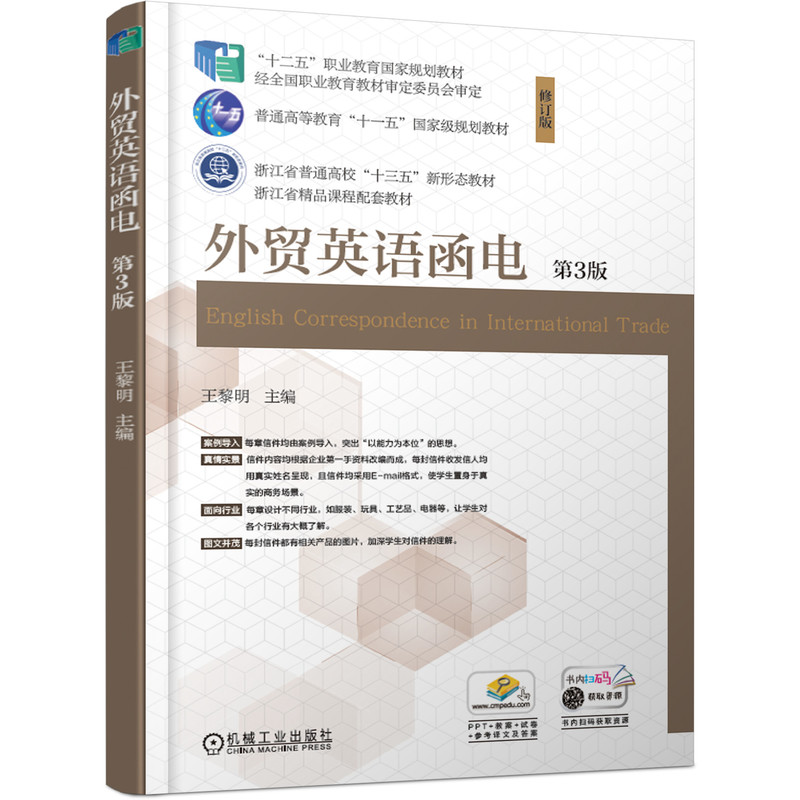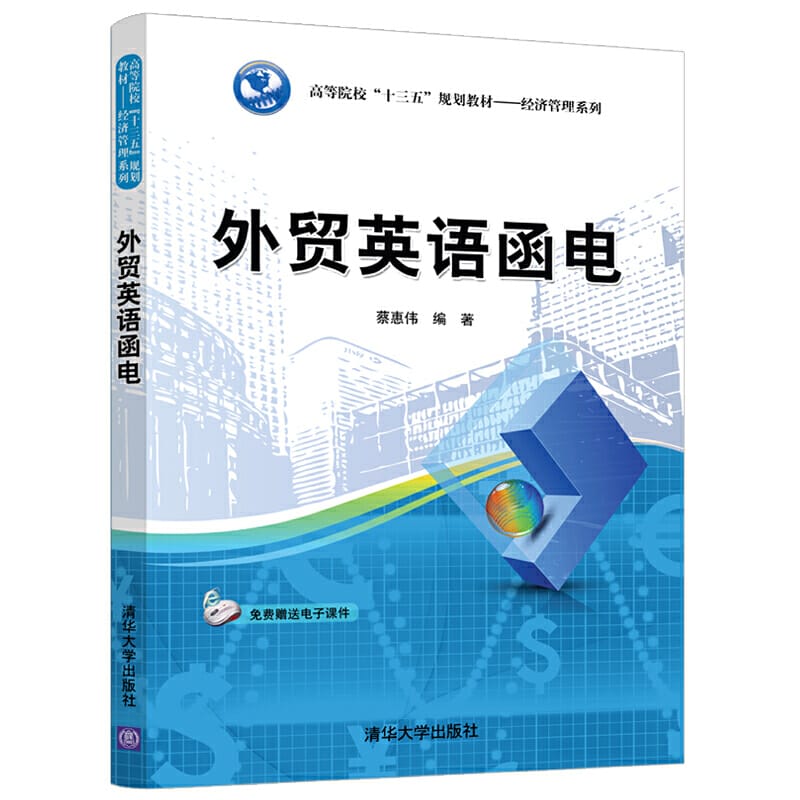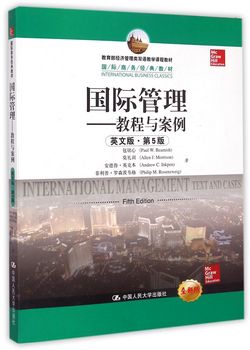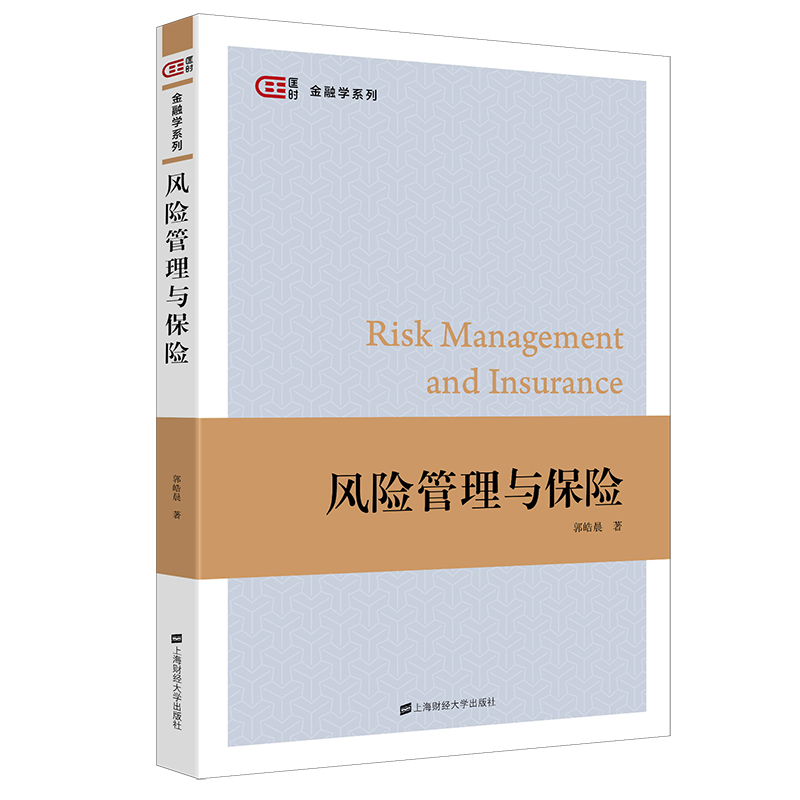人力资源管理(英文版) / 21世纪经济管理精品教材·人力资源管理系列
定价:¥45.00
作者: 贾晓惠
出版时间:2017-06
出版社:清华大学出版社
- 清华大学出版社
- 9787302468394
- 1-1
- 105291
- 16开
- 2017-06
- F243
- 经济管理
- 高职
内容简介
本书在系统阐述人力资源管理基本概念、目前人力资源管理者面临的挑战,以及人力资源管理的未来趋势的基础上,将人力资源管理的主要功能分成7大板块,包括工作分析和人力资源规划,员工招募,员工选拔与配置,职业规划与人力资源开发,员工绩效与人力资源保留,员工绩效考核,以及员工薪酬。本书适合管理类专业的本科生和研究生使用,也适合企业经营管理者、人力资源管理实践者、相关咨询师和培训师的阅读和参考。
目录
目录
Chapter 1 Human Resource Management: An Overview 1
Introduction 1
The Concept of HRM 2
Underpinning Theories of HRM 3
HRM Functions 5
HRM and Organizational Performance 8
Challenges for HR Managers 10
HRM Future 20
Summary 29
Discussions 29
Case 31
Chapter 2 Job Analysis and Human Resource Planning 33
Introduction 33
Job Analysis: A Basic HRM Tool 34
Products of Job Analysis 37
Job Analysis Methods 41
Conducting Job Analysis 47
Job Design 52
Human Resource Planning 55
HR Forecasting Techniques 57
Forecasting HR Requirements 59
Forecasting HR Availability 61
Determining Labor Surplus or Shortage 63
Summary 70
Discussions 71
Case 71
Chapter 3 Recruiting Employees 73
Introduction 73
Recruiting 74
Strategic Recruiting Decisions 78
Organizational Recruiting Activities 84
Internet Recruiting 86
External Recruiting Sources 90
Internal Recruiting Methods 94
Recruiter Traits and Behaviors 97
What to Include in an Effective Recruiting Ad 99
Recruiting Evaluation 100
Summary 106
Discussions 106
Case 107
Chapter 4 Selecting and Placing Human Resources 109
Introduction 109
Selection 110
Selection Testing 120
Selection Interviewing 126
Background Investigation 136
Medical Examinations and Inquires 139
Making the Job Offer 141
Summary 144
Discussions 145
Case 145
Chapter 5 Careers and Human Resource Development 147
Introduction 147
Careers 148
Career Transitions and HR 154
Special Career Issues for Organizations and Employees 157
Orienting New Employees 159
Training Human Resources 161
Developing Human Resources 170
Development versus Training 185
Summary 187
Discussions 188
Case 188
Chapter 6 Individual Performance and Retention 191
Introduction 191
Individual Employee Performance 191
Individual Motivation 193
Equity as a Motivator 195
Expectancy Theory 196
Reinforcement Theory 197
Individual/Organizational Relationships 199
Job Satisfaction and Organizational Commitment 201
Employee Engagement and Loyalty 202
Absenteeism and Turnover 203
Retention of Human Resources 209
The Retention Management Process 221
Summary 229
Discussions 230
Case 230
Chapter 7 Performance Appraisal 233
Introduction 233
Performance Management 234
What is Performance Appraisal? 237
Defining the Employee’s Goals and Performance Standards 242
Performance Measures Criteria 243
What Do We Evaluate? 245
Who Should Do the Evaluating? 247
Performance Appraisal Methods 250
Handling the Appraisal Interview 264
Measurement Errors in Performance Appraisal 266
Suggestions for Improving Performance Evaluations 270
Summary 272
Discussions 273
Case 274
Chapter 8 Compensating Employees 276
Introduction 276
Reward Systems 277
Financial Rewards 279
Compensation Decisions 289
Various Types of Incentives 300
Summary 305
Discussions 306
Case 307
References 309
Chapter 1 Human Resource Management: An Overview 1
Introduction 1
The Concept of HRM 2
Underpinning Theories of HRM 3
HRM Functions 5
HRM and Organizational Performance 8
Challenges for HR Managers 10
HRM Future 20
Summary 29
Discussions 29
Case 31
Chapter 2 Job Analysis and Human Resource Planning 33
Introduction 33
Job Analysis: A Basic HRM Tool 34
Products of Job Analysis 37
Job Analysis Methods 41
Conducting Job Analysis 47
Job Design 52
Human Resource Planning 55
HR Forecasting Techniques 57
Forecasting HR Requirements 59
Forecasting HR Availability 61
Determining Labor Surplus or Shortage 63
Summary 70
Discussions 71
Case 71
Chapter 3 Recruiting Employees 73
Introduction 73
Recruiting 74
Strategic Recruiting Decisions 78
Organizational Recruiting Activities 84
Internet Recruiting 86
External Recruiting Sources 90
Internal Recruiting Methods 94
Recruiter Traits and Behaviors 97
What to Include in an Effective Recruiting Ad 99
Recruiting Evaluation 100
Summary 106
Discussions 106
Case 107
Chapter 4 Selecting and Placing Human Resources 109
Introduction 109
Selection 110
Selection Testing 120
Selection Interviewing 126
Background Investigation 136
Medical Examinations and Inquires 139
Making the Job Offer 141
Summary 144
Discussions 145
Case 145
Chapter 5 Careers and Human Resource Development 147
Introduction 147
Careers 148
Career Transitions and HR 154
Special Career Issues for Organizations and Employees 157
Orienting New Employees 159
Training Human Resources 161
Developing Human Resources 170
Development versus Training 185
Summary 187
Discussions 188
Case 188
Chapter 6 Individual Performance and Retention 191
Introduction 191
Individual Employee Performance 191
Individual Motivation 193
Equity as a Motivator 195
Expectancy Theory 196
Reinforcement Theory 197
Individual/Organizational Relationships 199
Job Satisfaction and Organizational Commitment 201
Employee Engagement and Loyalty 202
Absenteeism and Turnover 203
Retention of Human Resources 209
The Retention Management Process 221
Summary 229
Discussions 230
Case 230
Chapter 7 Performance Appraisal 233
Introduction 233
Performance Management 234
What is Performance Appraisal? 237
Defining the Employee’s Goals and Performance Standards 242
Performance Measures Criteria 243
What Do We Evaluate? 245
Who Should Do the Evaluating? 247
Performance Appraisal Methods 250
Handling the Appraisal Interview 264
Measurement Errors in Performance Appraisal 266
Suggestions for Improving Performance Evaluations 270
Summary 272
Discussions 273
Case 274
Chapter 8 Compensating Employees 276
Introduction 276
Reward Systems 277
Financial Rewards 279
Compensation Decisions 289
Various Types of Incentives 300
Summary 305
Discussions 306
Case 307
References 309









